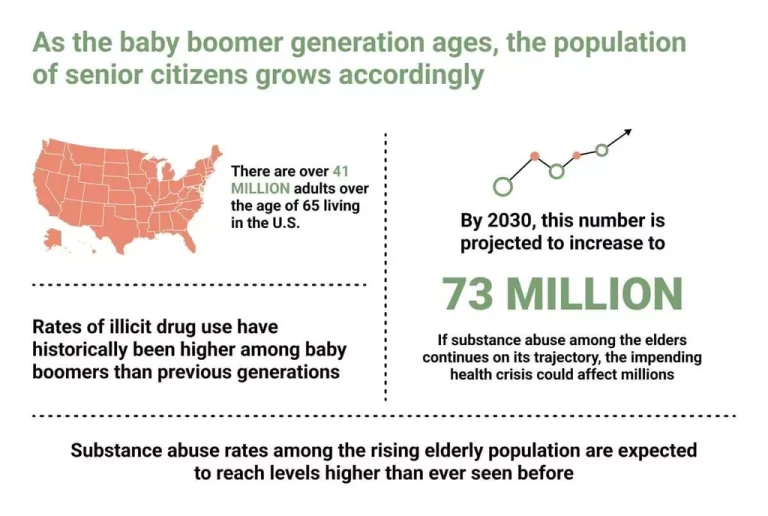Indiana boy, 17, died from smoking weed CHS is to blame. What is CHS?

The exact mechanism, however, remains unknown, and it is out of scope for this review to explore it further. It should be noted that the majority of evidence found for haloperidol were case studies, which had limited generalizability 30, 31, 33. However, the RCT by Ruberto et al. 32 was found to have low overall bias, as there was appropriate cohort randomization, allocation concealment, and blinding of participants and outcome assessors without selective reporting of haloperidol used for CHS. The aim cannabinoid hyperemesis syndrome of this study was to outline current treatments for the management of CHS.
Can CBD products without THC cause cannabis hyperemesis syndrome?
Cannabinoid hyperemesis syndrome (CHS) is a very unpleasant — and potentially dangerous — complication of long-term marijuana use. Because of this possible complication, it’s important to use caution with marijuana and other cannabis products. If you think you have CHS or cannabis use disorder, talk to a healthcare provider. One study found that 32.9% of self-reported frequent marijuana users who came to an emergency department for care met the criteria for CHS. With the widespread use, increased potency and legalization of marijuana in multiple states in the U.S., CHS may be becoming increasingly common.

Prevalence of CHS

Many people with CHS will compulsively shower or bathe — often for hours every day — to relieve CHS symptoms. Many researchers feel that CHS is underrecognized and underdiagnosed. Symptoms of CHS can resemble those of other conditions, such as cyclic vomiting syndrome. The doctor was clueless as to what to do to help Brian quit smoking and suggested that we could try a stress center. They also decided to send a suppository to the pharmacy for the vomiting. Little is known about the exact cause of the condition or why it affects some heavy cannabis users and not others.
What do experts know about CHS?

She wondered if her gastric distress might have been caused by the marijuana she regularly and legally smoked at her home in Toronto. While stress and anxiety are common occurrences for many people, there are clear relationships between stress, anxiety, and several nausea and vomiting disorders. The direction and causality of these correlations have yet to be established and need to be investigated to understand how this might contribute to the development CHS in certain individuals.
- About 75 percent reported using cannabis regularly for over a year.
- All additional sources added to the literature search were referenced in the article.
- It remains unknown how changes to the endocannabinoid system could lead to the development of CHS and more empirical research is needed to identify the mechanism.
- Cannabinoid hyperemesis syndrome (CHS) is a very unpleasant — and potentially dangerous — complication of long-term marijuana use.

Yet, the information is not available to discern if CVS patients concurrently use cannabis to relieve emetic symptoms or if these are individuals with CHS. Aprepitant is a Neurokinin 1 (NK1) receptor antagonist and similarly to capsaicin is involved in the regulation of substance P to alleviate N/V in CHS 35. A case report described by Parvataneni et al. 35 revealed a 30-year-old female with intermittent N/V who was unresponsive to conventional emetics such as ondansetron.
- When you use marijuana for many years, it can start to slowly change how the receptors in your body respond to the cannabinoid chemicals.
- However, advising patients with CHS to stop cannabis use immediately may cause cannabis withdrawal symptoms and high rates of relapse.
- It should be noted there was limited evidence for propranolol use as it was the only case study we found involving a single patient 34.
- Over time, the symptoms will go away completely unless you start to use again.
- “Cannabis does have some effect on nausea and so we know it has an effect on those receptors in the brain,” said Dr. Atul Kapur, an Ottawa-based emergency room doctor and co-chair of the Canadian Association of Emergency Physicians’ (CAEP) public affairs committee.
- The RCT conducted by Dean et al. 22 presented with overall a low risk of bias; however, there were some concerns related to attrition bias, as one individual ended their involvement early.
- The only way to end CHS symptoms is to completely stop using all marijuana products.
- Typical antiemetics such as ondansetron, commonly known as Zofran, have often been found ineffective at suppressing nausea caused by CHS.
Rare severe complications of CHS include heart rhythm abnormalities, kidney failure, seizures, and death. Cannabinoid hyperemesis syndrome, also known as CHS, can arise in response to long-term cannabis use. The syndrome consists of vomiting, nausea and abdominal pain, which can often be alleviated by taking hot showers.
CHS diagnosis

I told the doctors about the CHS diagnosis, and tests revealed that his kidneys were shutting down once more. It is a priority for CBC to create products that are accessible to all in Canada including people with visual, hearing, motor and cognitive challenges. “Yes, it’s rare that death does occur, but it happened and one person losing their life to this is too many,” she said. Of the more estimated 5.3 million Canadians who used https://ecosoberhouse.com/ cannabis this year, six per cent of those surveyed used it daily, according to the latest data from Statistics Canada.


